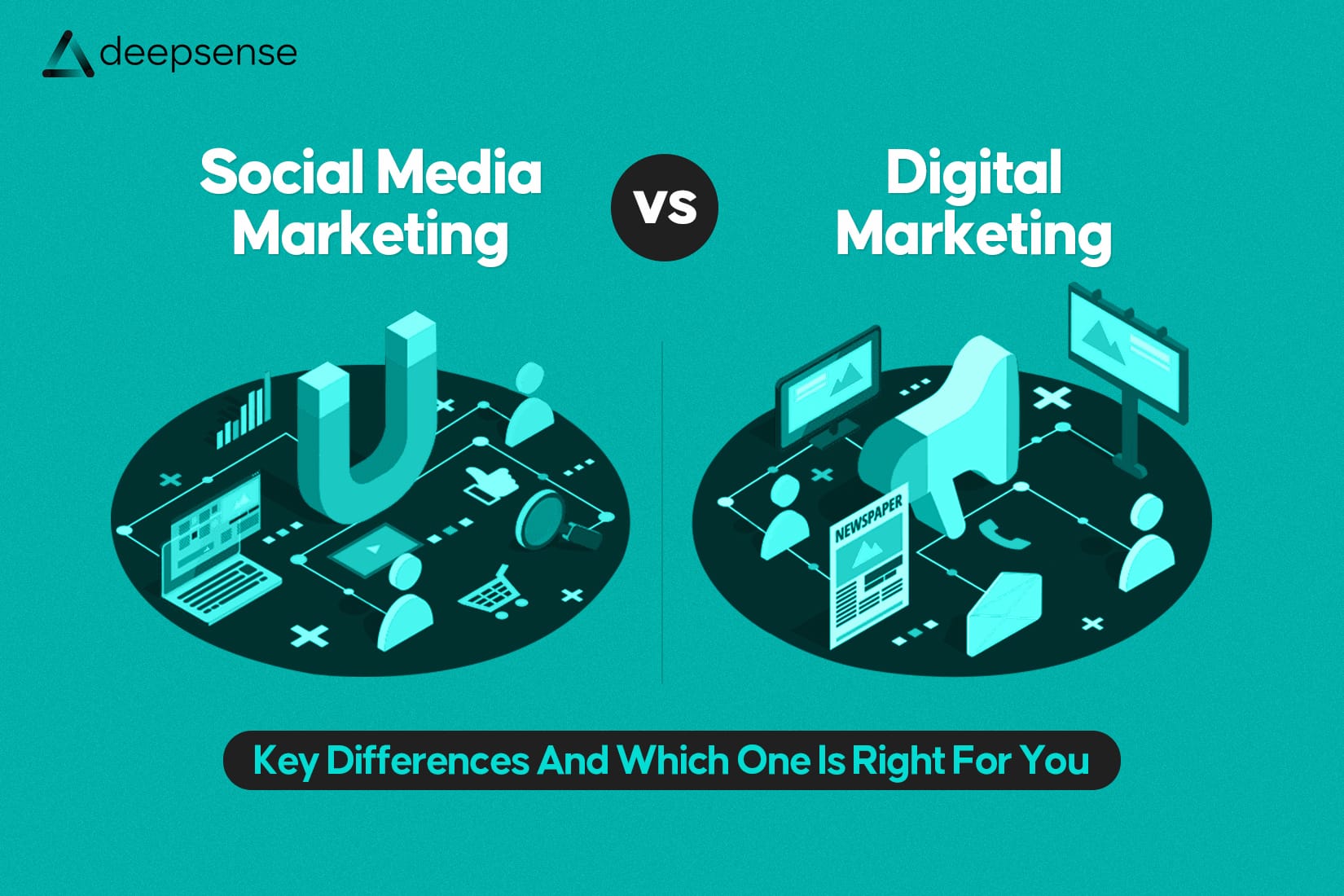Introduction
Let’s face it! no one just “buys a chair” anymore. Today’s shoppers buy the idea of winding down with a coffee in that chair, in a sunlit corner, with a Pinterest-perfect throw rug underneath.
Furniture is no longer just function. It’s form, feeling, mood, lifestyle, and that’s exactly how your digital marketing services needs to speak.
The modern customer doesn’t stroll into a store clueless. They come with screenshots, inspiration boards, Instagram saves, and ten browser tabs open comparing your sofa to five others.
So, how do you stand out?
By crafting a digital presence that matches your product’s craftsmanship, beautiful, intentional, and scroll-stopping.
Here are the Top 10 Digital Marketing Strategies every furniture brand should embrace to stay ahead of the curve, earn trust, and, ultimately, earn a place in their customers’ homes.
1. Build an Irresistible Presence on Social Media
Let’s be real. In the furniture world, Instagram is the new showroom.
People no longer wait for interior designers. They build their own dream spaces, one saved reel at a time. That’s where you come in.
Try this:
- Post transformation videos: “From blank wall to boho chic reading nook in 10 seconds.”
- Use before/after carousels to show the power of one statement piece.
- Collaborate with micro-influencers to co-create real home setups.
Platforms to prioritize:
- Instagram & Pinterest for design inspiration
- TikTok for fun, fast-paced room makeover content
- Facebook for family-oriented and budget-conscious audiences
Pro Tip: Create hashtags like #MySpaceWith[YourBrand] to collect and showcase user-generated content.
2. Master SEO – Become the First Stop in Their Furniture Hunt
Imagine someone typing:
“Best sofa for small apartments India”
If your brand doesn’t show up on that first Google page, you’ve lost a warm lead.
SEO is your long-game strategy that builds credibility, traffic, and conversion over time.
What to do:
- Write blogs like “5 Must-Have Furniture Pieces for a 2BHK Apartment” or “Wood vs. MDF: What’s Right for Your Home?”
- Optimize product pages with search-friendly titles, image alt text, and FAQ sections.
- Create location-based pages if you have showrooms or local delivery options.
Pro Tip: Don’t chase just broad keywords like “sofa.” Go specific: “L-shaped velvet sofa under ₹25,000” has lower competition and higher intent.
3. Invest in a Lifestyle Blog – Tell Stories, Not Just Specs
A blog isn’t just for SEO. It’s your place to educate, inspire, and emotionally connect with your buyers.
Talk to them like a design buddy, not a pushy salesperson.
Blog ideas:
- “How to Choose a Coffee Table That Complements Your Sofa”
- “Scandinavian, Industrial, or Boho? Find Your Interior Personality”
- “Why Investing in Solid Wood Furniture is Worth It”
This content answers their questions, removes friction, and gently nudges them toward a confident purchase.
Pro Tip: Use blog content for emailers, Insta captions, and even product page descriptions. Squeeze every drop out of your content.
4. Email Marketing – The Unsung Hero of Repeat Sales
Here’s a fact: customers don’t just buy one piece of furniture. They come back for more, if you stay in touch.
Email marketing lets you be present without being pushy. It’s your tool to nurture loyalty and drive second or third-time purchases.
Segment your audience:
- New visitors → “Welcome to our design world”
- Cart abandoners → “Still dreaming of that lounge chair?”
- Repeat customers → “Here’s what pairs beautifully with your last order”
Send style guides, personalized lookbooks, combo offers, and seasonal collection previews.
Pro Tip: Embed customer photos in your emails. Real homes inspire real purchases.
5. Collaborate with Influencers & Interior Designers
People trust people, especially those they follow religiously on social media.
Collaborating with home influencers or interior stylists adds aspiration and authenticity to your brand. It’s not about the follower count, it’s about relevance and resonance.
Collaboration ideas:
- Sponsored “Home Tour” videos featuring your products
- Style challenges like “Design a space with just 3 pieces from [Your Brand]”
- Styling reels or room makeovers using your new collection
Pro Tip: Don’t just pay for posts. Offer commission-based partnerships. The more sales they drive, the more they earn, and the more invested they are in your success.
6. Use Augmented Reality (AR) & 3D Visualizers
One of the biggest reasons people hesitate to buy furniture online is the fear of “What if it doesn’t look good in my space?”
Solve that.
Introduce AR tools that let users place your sofa in their living room using their phone camera.
Or use 3D room planners where users can mix and match your products to build out an entire space.
Pro Tip: If full AR isn’t feasible, even a “See this piece in 3 room styles” carousel can make a huge difference.
7. Leverage Google & Social Ads – Smart, Not Just Expensive
Digital ads are a goldmine when done right.
Forget generic “Buy Now” ads. Instead, craft ad journeys:
- Stage 1: Awareness – “Explore Modern Furniture for Small Homes”
- Stage 2: Engagement – “Quiz: Which Sofa Style Matches Your Personality?”
- Stage 3: Conversion – “Limited-Time Offer on Our Top 5 Sofas”
Use retargeting to reach users who added items to cart but dropped off. Or show “related items” based on their browsing behavior.
Pro Tip: Use Facebook Catalog + Instagram Shopping to let users buy without leaving the app.
8. Make Your Website an Experience, Not Just a Store
Your website should mirror your brand’s personality: elegant, warm, and easy to navigate.
Must-haves:
- High-res product images with zoom + 360° view
- Room scenes to show products in context
- Smart filters (by size, style, color, material)
- Wishlist & compare features
- Delivery info, return policy, and FAQs right there on the page
Pro Tip: Add video snippets on product pages like “Watch this coffee table in action”, it increases conversion dramatically.
9. Encourage Reviews, Ratings, & User-Generated Content
Nothing sells furniture faster than seeing it in someone else’s cozy corner.
Encourage buyers to:
- Post photos using your hashtags
- Leave Google & website reviews
- Tag your brand on social (maybe for a feature or discount!)
Then feature this content proudly on your site. Let your customers become your best marketers.
Pro Tip: Send a post-purchase email that says, “Love your space? Show it off. Get ₹500 off your next order when you post your setup with our hashtag.”
10. Personalization Through AI & Behavior-Based Recommendations
Let tech do the heavy lifting.
Use tools that analyze customer behavior and recommend:
- Complementary pieces (“Pair this bed with this side table”)
- Recently viewed products
- Style-matching collections
Pro Tip: Create a “Design Your Room” quiz, and at the end, show curated product suggestions based on their results.
Final Thoughts:
Furniture is not an impulse buy, it’s a trust buy. It’s a journey, a design dream, a long-term commitment.
That’s why your digital marketing shouldn’t be transactional. It should be transformational: guiding, inspiring, and gently nudging your customer toward the perfect choice.
In the end, you’re not just selling a product.
You’re selling a space they’ll live in, work in, laugh in, and remember for years.
Make every touchpoint count.
FAQs
1. Why is digital marketing essential for furniture brands today?
In today’s digital-first world, buyers start their furniture search online. Digital marketing helps furniture brands showcase their products, reach targeted audiences, build brand credibility, and drive online sales, often before a customer ever visits a physical store.
2. What type of content works best for furniture brands on social media?
Visual and lifestyle-driven content performs best. This includes transformation reels, styled room setups, before-after makeovers, customer testimonials, and interactive content like polls, quizzes, and mood boards.
3. How can SEO help grow a furniture business?
SEO helps your website rank higher on search engines when customers look for terms like “modern wooden beds” or “sofa under ₹20,000.” This increases visibility, drives organic traffic, and brings in users actively looking to buy furniture.
4. Which social platforms are best for marketing furniture?
Instagram, Pinterest, and Facebook are top platforms for furniture marketing. Instagram and Pinterest are ideal for visual storytelling, while Facebook helps with community building and running location-based ads.
5. How can furniture brands encourage repeat purchases online?
Through email marketing, personalized product recommendations, loyalty programs, and style inspiration guides that introduce new pieces which complement past purchases.
6. What is the benefit of using Augmented Reality (AR) for furniture marketing?
AR allows customers to virtually place furniture in their homes using their phone, eliminating uncertainty about size, fit, or aesthetics. This boosts confidence and reduces return rates.
7. How important are customer reviews and photos in furniture e-commerce?
Extremely important. Reviews and user-generated content act as social proof, build trust, and influence buyer decisions. Seeing how others have styled the product can often tip a potential buyer toward making a purchase.
8. Should furniture brands collaborate with influencers?
Yes. Influencer marketing helps build authenticity and reach new audiences. Collaborating with home décor creators or interior designers can show real-life usage and styling inspiration that resonates with potential customers.
9. How much should a furniture brand invest in digital ads?
Ad budgets vary based on business goals and location, but a good starting point is 10–15% of monthly revenue. Allocate across Google Ads, Meta (Facebook/Instagram), and retargeting for best results.
10. How can furniture brands personalize their digital marketing?
By using AI and customer behavior data to recommend similar products, suggest room-specific pieces, create personalized lookbooks, and send tailored email offers based on browsing and purchase history.











